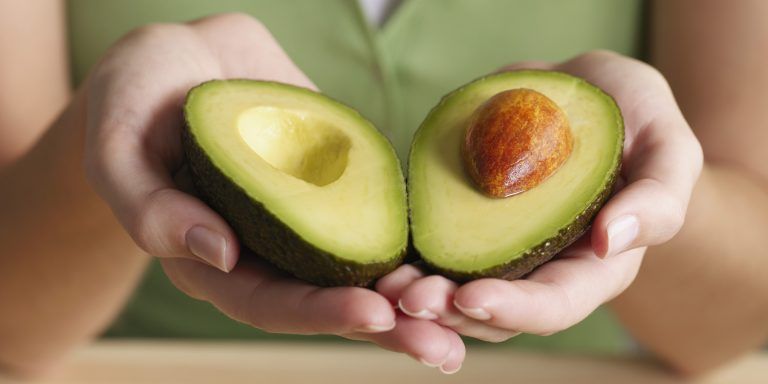5 reasons why avocado is the ideal fruit for diabetics
No matter what type of diabetes you have (type 1 and type 2 or gestational diabetes), you can include avocados in your diet plan. This versatile fruit can help you control your blood sugar and stay healthy in general.
Plus, you can use it in a variety of ways in a variety of meals, including sandwiches, salads, smoothies, and milkshakes.
This article is about the benefits of avocado for diabetics.
1. Avocados have a safe glycemic index
For people with diabetes, foods with a low glycemic index (GI) are ideal. Avocado has a glycemic index of 15, which is why it is very suitable for people with diabetes.
Carbohydrate-rich foods are converted to glucose during digestion, which enters the cells, leading to an increase in blood sugar. Avocados are a high-fiber food that aids in the absorption of nutrients and thus regulates blood sugar levels. Furthermore, the high potassium content found in avocados helps regulate blood pressure and strengthens muscle contractions.
In addition, avocados contain folic acid, which helps reduce homocysteine levels, leading to lower blood sugar levels. Increased levels of homocysteine in the blood have been linked to heart attack, stroke, and the formation of blood clots (blood clots).

Avocados have a low glycemic index.
2. Supports weight management
A higher BMI increases insulin resistance and, as a result, diabetes. Also, healthy weight loss will regulate blood pressure. Studies show that avocados can help you lose weight. Many methods of weight loss by eating avocados include reducing hunger and increasing metabolic rate.
However, when eating avocados to lose weight, you must pay attention to portion sizes. One medium avocado (about 150g) contains about 240 calories. Therefore, keep an eye on your calories when chewing avocado slices or spreading them on bread.

Many avocado diets help with weight loss.
3. Avocados keep your nerves healthy
Nerve damage is a typical problem in people with diabetes. Avocados include several nutrients (such as vitamin B6 and antioxidants) that help protect nerves and promote nervous system health.
4. Protects against diabetes-related eye diseases
Retinopathy, macular edema, cataracts, and glaucoma are some of the eye conditions that can affect people with diabetes. Diabetic eye disease is the umbrella term for all of these conditions. Avocados are beneficial for eye health because they contain antioxidants like lutein, which help protect the eyes.
Avocados aid in the regulation of blood pressure, sugar, and cholesterol levels, all of which are important in preventing diabetic eye damage.

The substances in avocado help protect against eye diseases caused by diabetes.
5. Control blood pressure and protect the heart
Avocados help support blood pressure control by promoting blood vessel and heart health, regulating blood cholesterol levels, and lowering blood pressure. It has good fats and potassium, which help maintain a healthy heart.
Although avocados are considered a superfood and packed with nutrients, you cannot rely solely on them to help control diabetes and blood sugar.
Avocados can help you meet your blood sugar goals and avoid diabetes problems as part of a healthy diet. However, it is important that you still eat enough protein and vegetables, drink plenty of water, participate in regular physical activity, get enough sleep and handle stress in addition to adding avocado to your food intake. friend.
Managing your diabetes depends on your total dietary intake, physical activity, and several other factors. You also don’t have to rely solely on avocados for healthy fats because in addition to avocados, nuts and seeds can help provide this.
at Blogtuan.info – Source: Kenh14.Vn – Read the original article here



